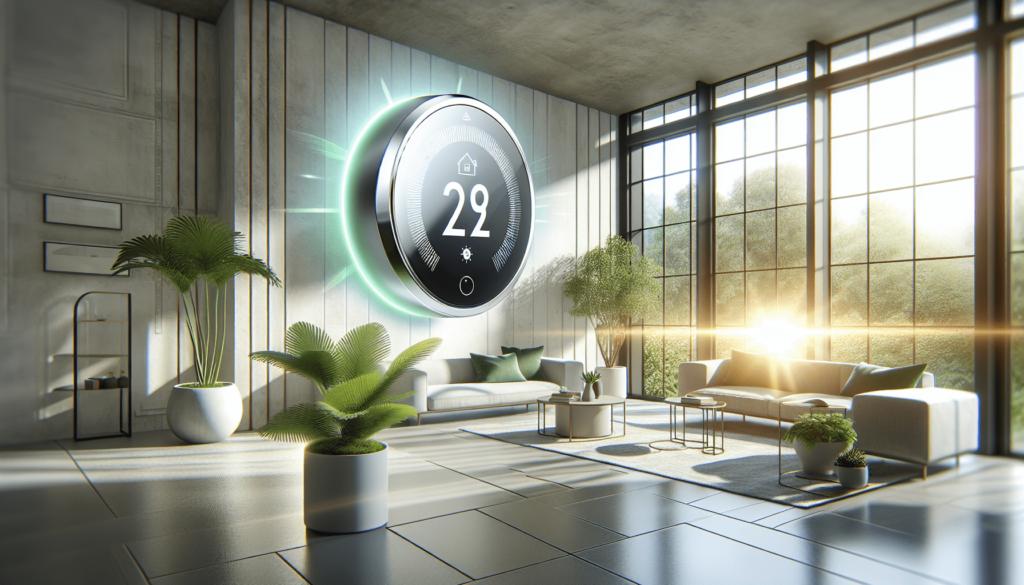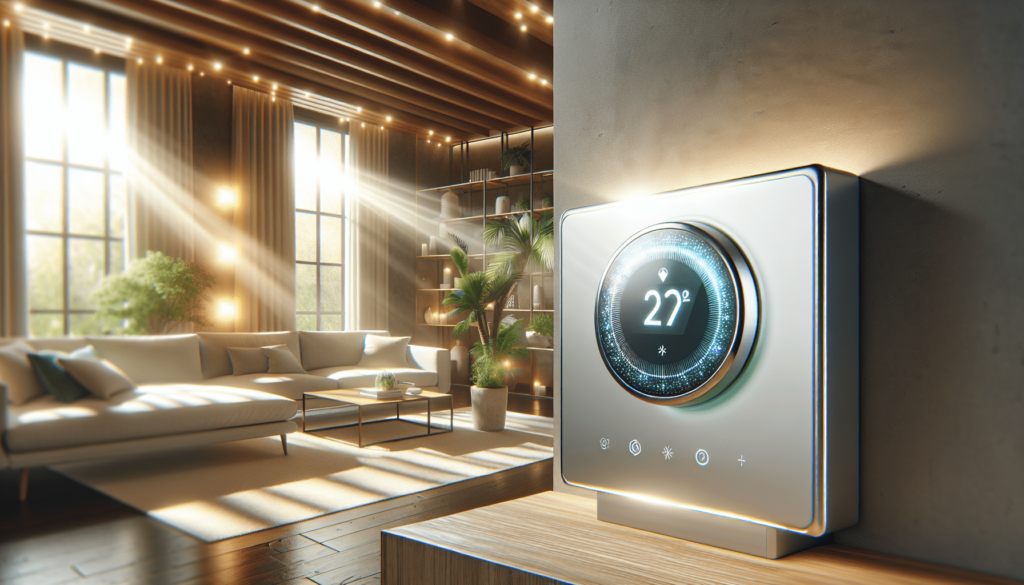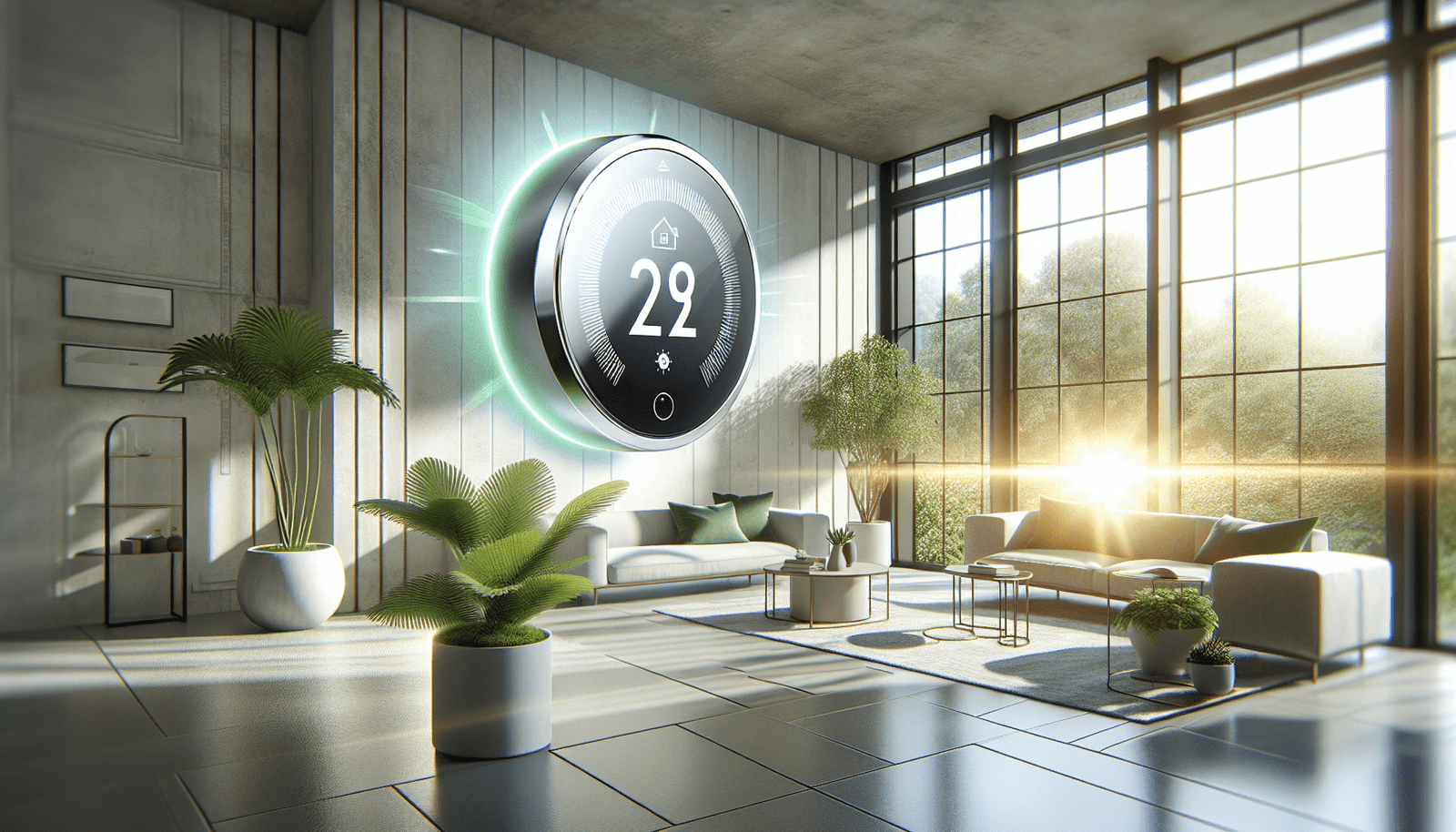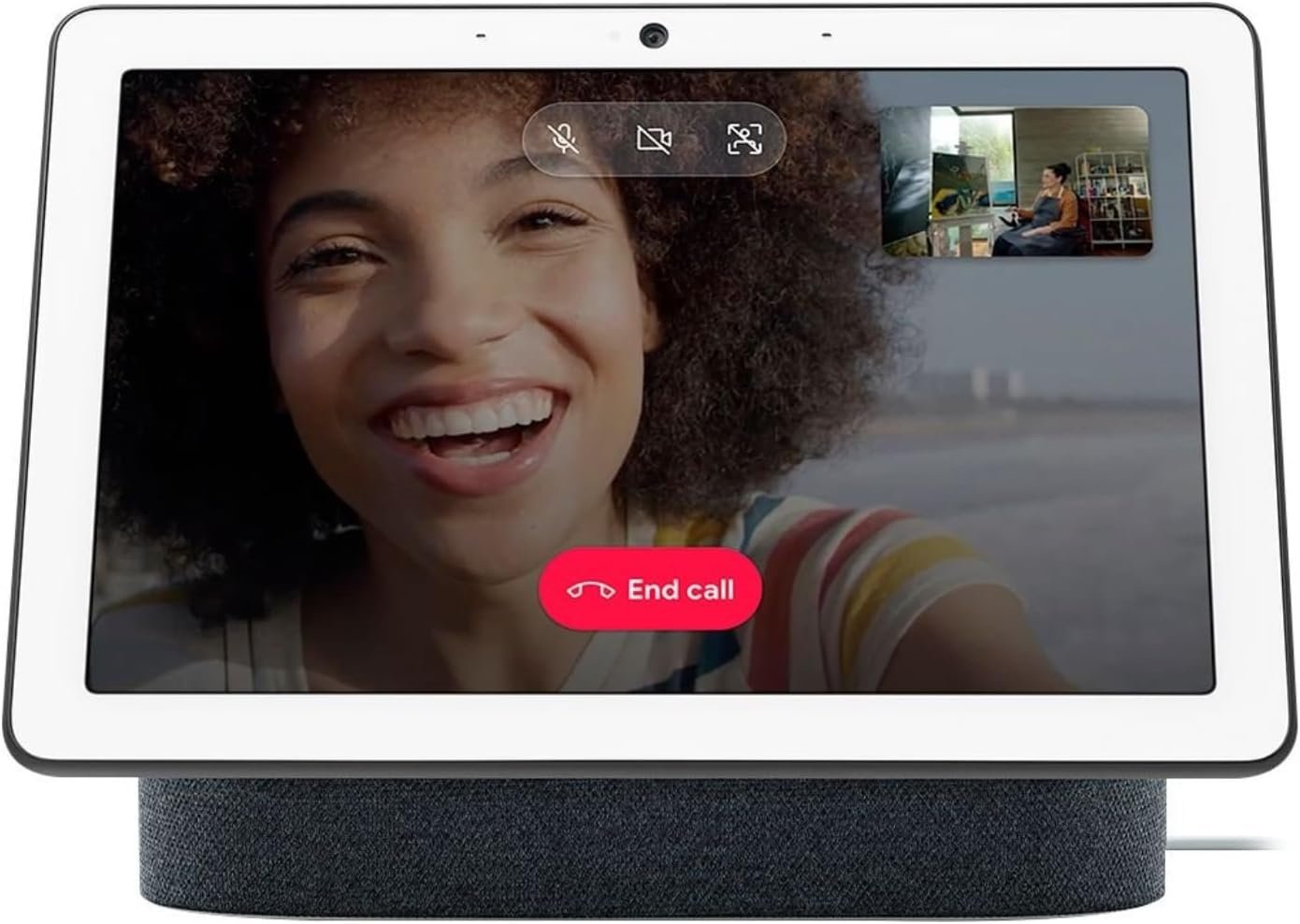Have you ever wondered if adding smart devices to your home could help reduce your energy bills? As we continue to seek ways to enhance our living spaces through technology, understanding the balance between the costs and savings of smart home devices becomes crucial. Let’s walk through the world of smart homes and explore how these devices can potentially save you money while making your home more energy efficient.

Understanding Smart Home Technology
Smart home technology refers to a range of devices and systems that can be automated or controlled remotely to optimize home operations. These devices include sensors, cameras, and smart thermostats, which aim to provide convenience, security, and energy efficiency. As technology develops, homes become more intelligent, adapting to your lifestyle and reducing the energy you spend as your needs change.
What Are Smart Home Devices?
Smart home devices are gadgets designed to perform specific functions around your home with increased efficiency. This includes devices such as smart lights, thermostats, plugs, and energy-monitoring systems, each connected via the internet, enabling you to control them with a phone, tablet, or voice command. Whether it’s turning off forgotten lights or adjusting your home’s temperature remotely, these devices can make your daily tasks easier and more cost-effective.
How Smart Devices Integrate Into Homes
Integrating smart devices into your home can be a seamless process, especially with the right guidance. Smart hubs like Amazon Echo or Google Home act as the central control point, allowing you to synchronize all your devices. By building a framework of interconnected devices, you can ensure that your home runs smoothly and efficiently. This setup can be as simple or complex as you desire, depending on your needs and comfort with technology.
Cost and Value Considerations
When considering investing in smart home equipment, it’s essential to weigh the initial costs against potential long-term savings. While there’s an upfront investment, smart devices can significantly reduce energy use, leading to considerable savings over time.
Initial Investment
Smart devices, ranging from smart bulbs to advanced energy systems, can vary widely in price. The initial setup requires an investment, as smart thermostats can cost between $100 and $300, whereas smart lighting systems may set you back around $50 per bulb.
Long-Term Savings
Despite the initial expenses, smart home systems pay off by lowering electricity bills. For instance, integrating a smart thermostat can save up to 10-15% a year on heating and cooling bills, while smart bulbs use about 75% less energy than traditional incandescent bulbs. These savings make smart home devices appealing for homeowners and renters aiming to reduce their carbon footprint without compromising comfort.
Real-World Comparisons and Examples
To truly grasp the benefits of smart home technology, it’s helpful to look at real-world applications and comparisons of various devices.
Smart Thermostats vs. Traditional Thermostats
Smart thermostats like Nest and Ecobee learn your schedule and preferences, adjusting temperatures automatically to save energy where possible. Unlike traditional thermostats, which rely on manual adjustments, smart variants adjust themselves based on occupancy, time of day, and pre-learned patterns, ensuring optimal energy use without personal intervention.
Smart Lighting
Smart lighting systems allow users to control lights remotely or via automation settings, ensuring lights are only on when needed. Compared to energy-draining incandescent bulbs, smart LEDs provide a longer lifespan and less energy usage, a perfect solution for those looking to maintain ambiance while also conserving power.
Smart Plugs & Appliances
Smart plugs allow you to turn regular appliances into smart devices. You can schedule devices to turn off when not in use, preventing standby power wastage. If you have an energy-draining appliance, integrating a smart plug reduces unnecessary power consumption, contributing to overall energy savings.
Practical Setup Guides
setting up your smart home doesn’t have to be overwhelming. While each device may have unique installation features, most come with comprehensive guides to assist you.
Step-by-Step Installation
-
Choose a Central Hub: Start with selecting a hub that works best with other devices you intend to integrate.
-
Select Devices: Evaluate which devices you use the most and would benefit from smart technology, such as thermostats and lights.
-
Install and Configure: Follow the manufacturer’s instructions to install your device. Connect it via your Wi-Fi for remote access and configure the settings to match your routine.
-
Automate and Optimize: Use the automation features to set routines and scenarios, such as dimming the lights during movie time or boosting temperature when you arrive home.
-
Monitor and Maintain: Keep firmware updated to ensure security and optimal performance.
Troubleshooting Common Issues
If you encounter connectivity issues, ensure your router has a stable connection and that your smart device firmware is current. Resetting devices often solves connection-related problems, and manufacturer support is available for persistent issues.

Security and Privacy Factors
As with any technology, using smart home devices responsibly involves understanding potential risks and implementing security measures to safeguard your data.
Potential Risks and Safety Measures
Smart home devices could be vulnerable to hacking if not properly secured. Ensure you have strong password practices, regularly update devices, and use end-to-end encryption if possible. Devices that store or transmit data should always employ the highest security standards.
Best Practices for Home Security
-
Use strong, unique passwords for all devices and change them periodically.
-
Enable multi-factor authentication to add an extra security layer.
-
Regularly update your device firmware to protect against vulnerabilities.
-
Isolate smart devices on a separate network, minimizing risk exposure.
Energy Efficiency and Sustainability
A key benefit of smart devices is their ability to decrease energy consumption, contributing to sustainability efforts and reducing utility bills.
Reducing Energy Consumption with Smart Technology
By using devices like smart thermostats to automate climate control or smart lights to ensure efficient usage, homes become more energy-conscious. These technologies ensure energy is used only when required, making your home more sustainable.
Contribution to a Greener Environment
Homes with integrated smart technology contribute to a greener planet by reducing carbon emissions. The less energy required to sustain your home, the smaller your environmental impact will be, showcasing how technology can align with ecological responsibility.
Compatibility and Connectivity
Using multiple devices often means dealing with compatibility issues, as not all smart devices interact seamlessly.
Ensuring Your Devices Work Together
Creating an interconnected and efficient smart home involves ensuring compatibility. When choosing devices, opt for those that easily integrate with your chosen hub or platform. Both Amazon Alexa and Google Assistant have broad compatibility ranges that suit most consumers’ needs.
Platforms and Voice Assistants
Amazon Alexa, Google Home, and Apple HomeKit offer robust ecosystems that allow for control over numerous smart devices. Evaluate their compatibility with current devices when choosing a platform to ensure seamless operation.
Future-Proofing and Innovation
The field of smart home technology is rapidly evolving, with new advancements continually emerging, ensuring your smart home setup remains relevant and effective for years to come.
Emerging Trends in Smart Technology
From artificial intelligence that predicts household needs before they arise to advanced sensors that enhance safety, innovation within this space offers promising developments.
Keeping Your Smart Home Setup Up-to-Date
Stay informed about the latest advancements and consider upgrading devices in phases to incorporate the newest technology without needing a complete overhaul all at once. Being proactive ensures your investment continues to offer energy savings and increased convenience.
Conclusion: Are Smart Homes Worth It?
While the initial investment in smart home technology might seem daunting, the potential for long-term saving and enhanced lifestyle convenience is significant. Evaluating your specific needs and financial ability to undertake these changes plays a crucial role in determining whether smart devices are a wise choice for you. As energy efficiency and environmental consciousness become more prevalent, smart homes signify a valuable investment in a sustainable future. Embrace the journey towards intelligent living and less energy consumption today.




